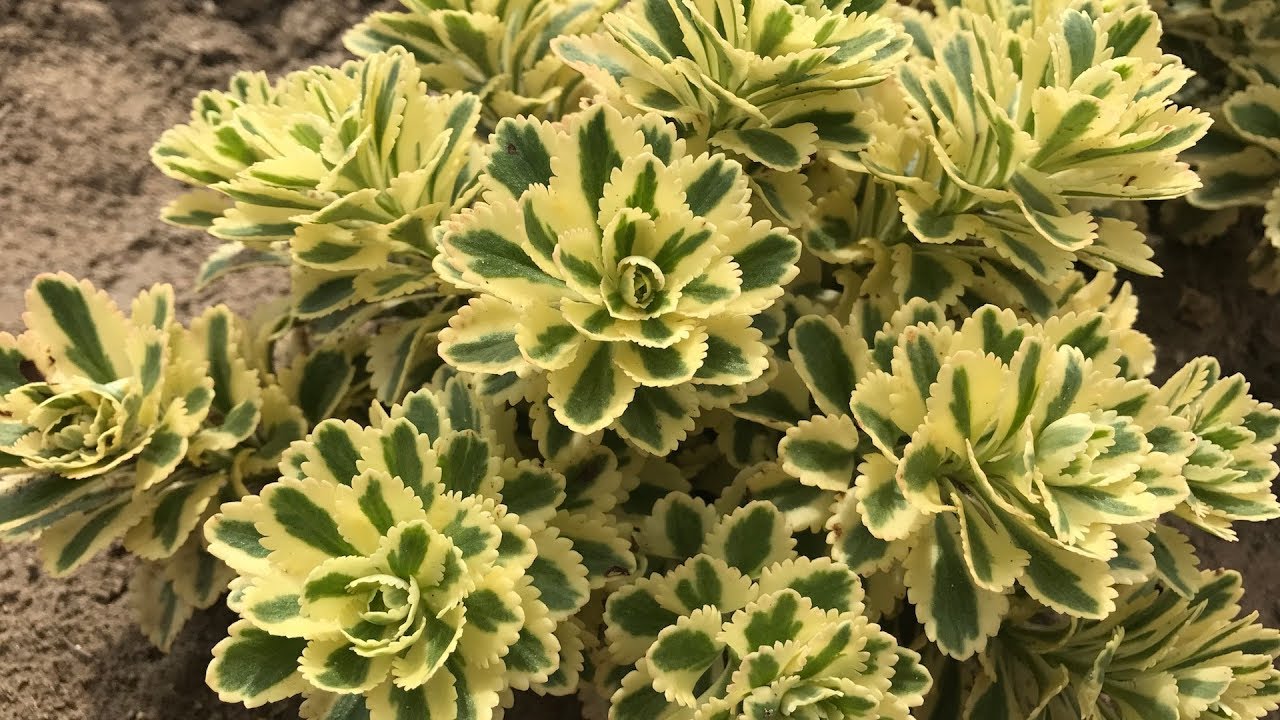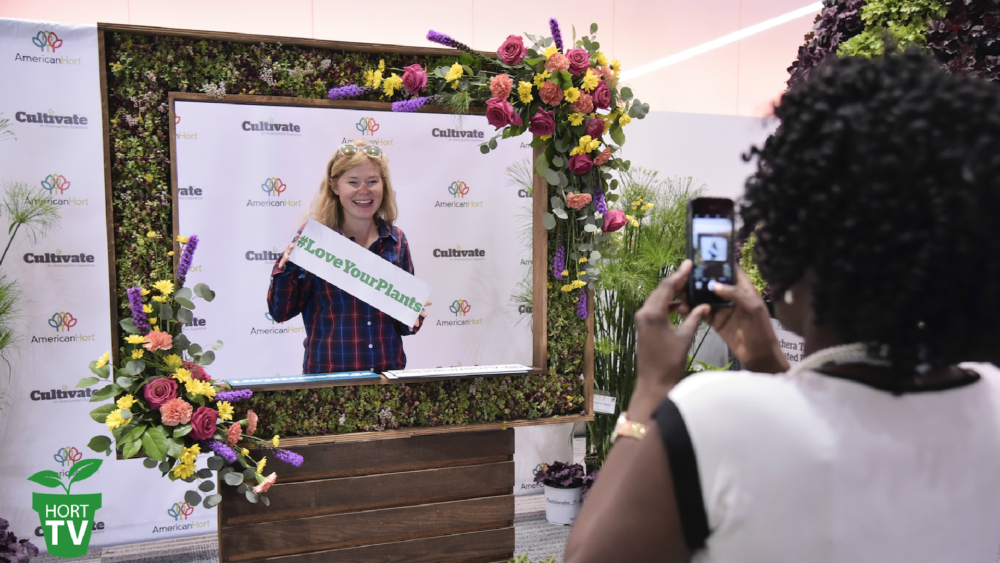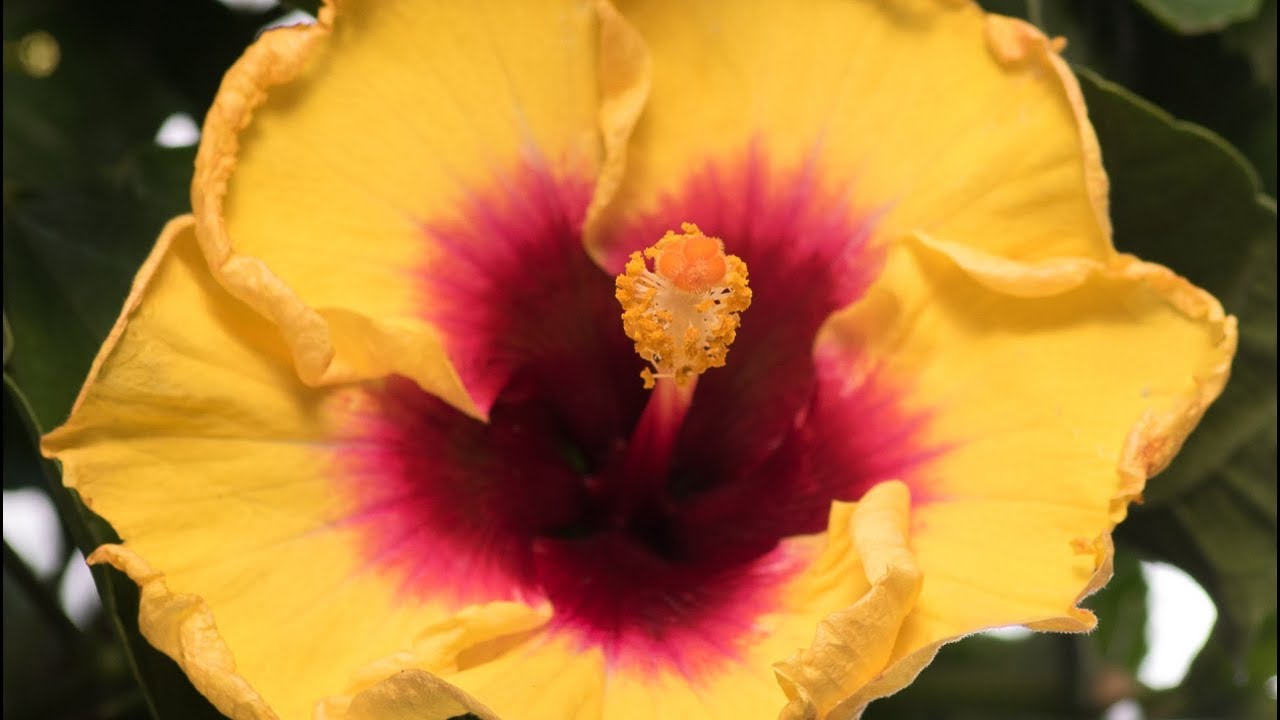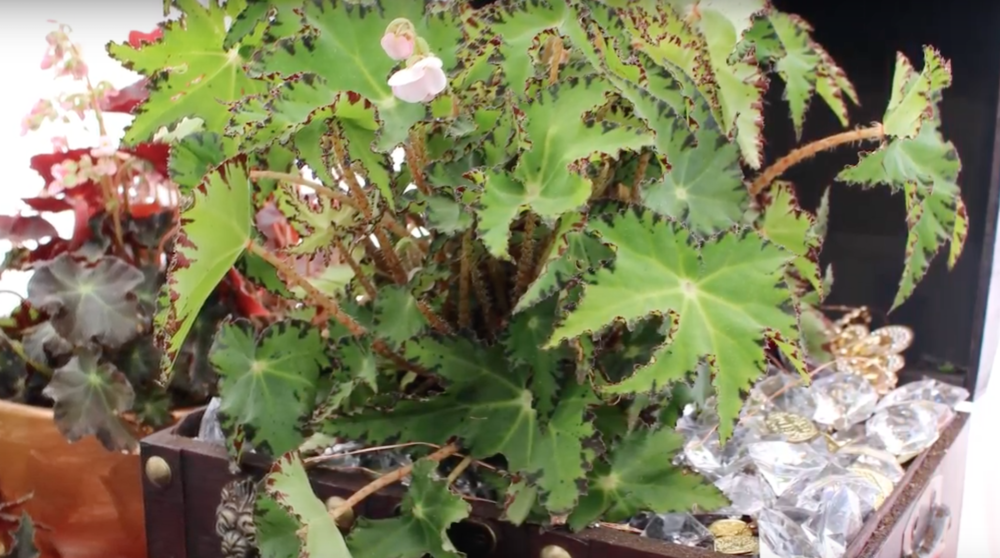Succulent School
Most green industry professionals understand how amazing the photosynthesis process is, as plants benefit Mother Earth by converting carbon dioxide into oxygen. But not all plants are alike in their impact; some have a higher rate of oxygen return than others. This higher rate is called Crassulacean acid metabolism (CAM) for short. The process was developed by a select group of plants to help them adapt to arid environments. But this isn’t science class, and it won’t mean much to most consumers anyway, so in layman’s terms, let’s talk succulents!
The Return of Succulents
Although succulents have been in the marketplace for years, they are now more than ever having a measurable resurgence in popularity when considering water restrictions in the Southwest, drought in the Southeast and countless other environmental issues. Those issues have ushered in a heightened popularity of water-efficient landscaping, also known as xeriscaping, and succulents are the backbone of this trend. Succulents also offer alluring possibilities for any garden’s design, creating a fun and whimsical atmosphere. These universal plants are great nestled into the nooks and crannies of rock gardens, make one-of-a-kind, low-maintenance container gardens and add a unique design element to all types of landscapes. They also provide an endless color palette, including bronze, blue, silver, gray, crimson, yellow, chartreuse and lavender.
Better yet, succulents don’t require an irrigation system or much watering at all when planted in the garden, but they can handle more water than they need, making them great mixers with ornamentals. With their long-lasting ability to retain moisture in their stems both in the landscape and as cut flowers, their blooms (think aeoniums, echeverias and kalanchoes, just to name a few) will stay fresh for a week or more in a vase, with or without water.
Up and Coming Trends
Another hot trend for the past couple of years has been small-space gardening. Succulents offer urban and space-challenged residents the same benefits of a landscape garden in tighter spaces, even inside the home. Container gardens have become more popular than any other gardening trend out there. Self-contained, easy-to-maintain combinations have been hitting the market with lightning speed, and succulents have been their cornerstone.
And it’s no surprise that the pioneering succulent goes hand-in-hand with rock and roof gardening. From a design perspective, rock gardens are more than meets the eye; they present the opportunity to provide contrast in texture and color, but they also prevent mudslides and critter infestations.
Larger varieties, such as agaves, echeverias and crassulas, prefer to be angled toward the sun on a hillside, and these strong-rooted plants prevent erosion in the ground below. Crevices where snakes and lizards can be found can easily be filled with soil to create a dam, making the watering of the succulents even less frequent. With the rocks and boulders holding additional moisture and creating heat, it’s a true sanctuary for our succulent friends.
Green roof gardening requires minimal water and soil and can be a great eco-friendly alternative to more traditional roof systems. Many big-city businesses are reaping the financial benefits of lower energy costs after implementing this ground-breaking technique.
With their architectural form, unique blooms and vivid foliage, succulents offer beautiful design elements to the garden aficionado; their low-water-usage and oxygen-generating benefits appeal to the conservationist; and outstanding, hassle-free performance makes them top sellers for the retailers. They’re a natural fit for xeriscaping and are a foundation plant for the green roof industry. When you combine all these factors, both scientific and common-sense, understanding why they’ve become such a hot item is nothing more than elementary!
Fire Fighters
These elegantly diverse plants lend themselves to lush and alluring gardens all year long. From beginners to experienced designers, landscapers to hobbyists, gardeners will be hard pressed to find a succulent that doesn’t meet their needs.
But in addition to making a garden admired by all, let’s not forget the fact that most succulents meet numerous criteria of fire prevention. Succulents thrive in dry, sunny areas many of them fire prone. But succulents contain plant tissues with higher moisture content, and the leaves lack flammable oils or other chemicals, and with most varieties growing closer to the ground, even the largest will not provide enough height to transfer the fire to higher structures.
A premier example would be aloe varieties as featured in EuroAmerican’s Retro Succulents line, which offer such fire-prevention attributes. Adding soft-pink and silver tints to gardens or better yet, container gardens, ‘Pink Blush’ and ‘Silver Ridge’ have been top sellers for many retailers.

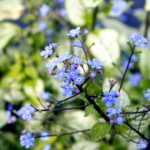
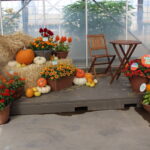

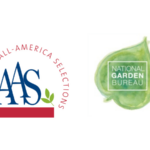



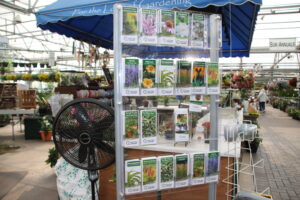
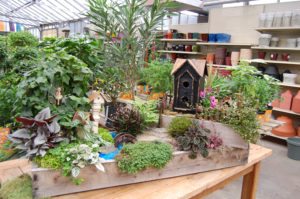
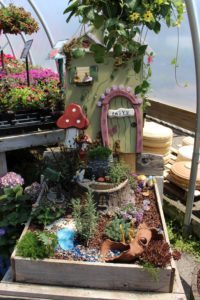
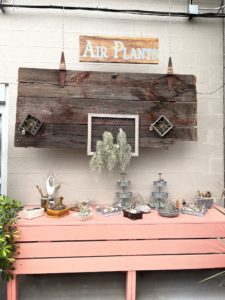
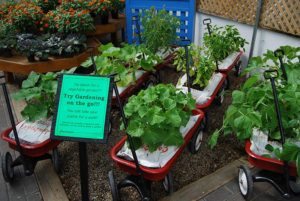
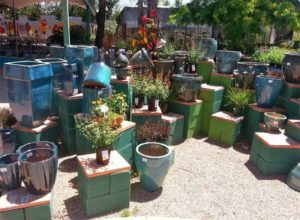
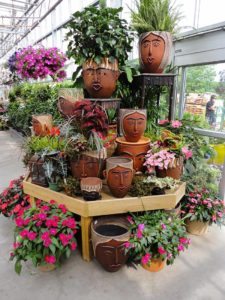
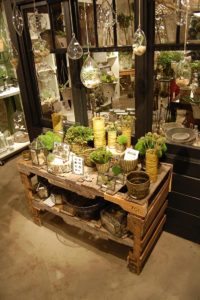
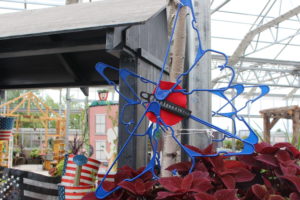
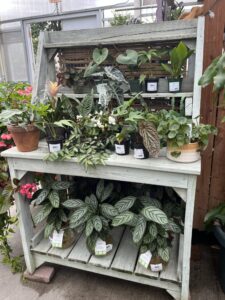
 Videos
Videos